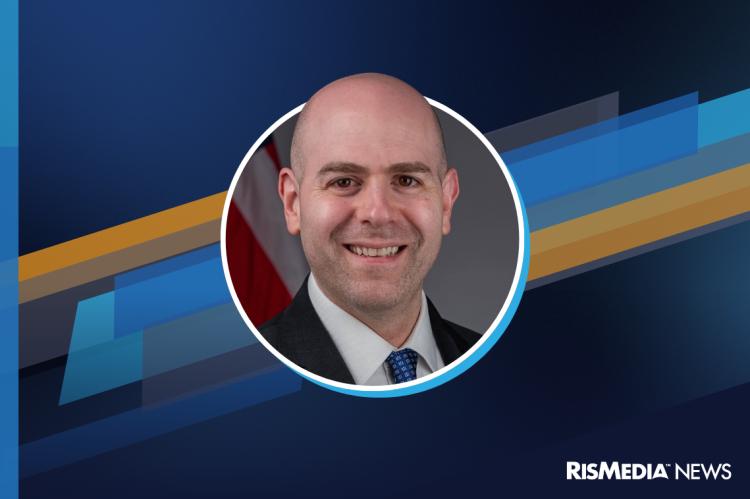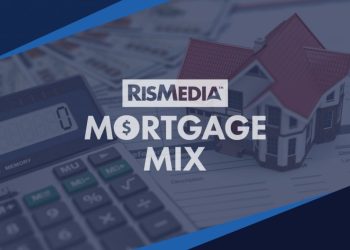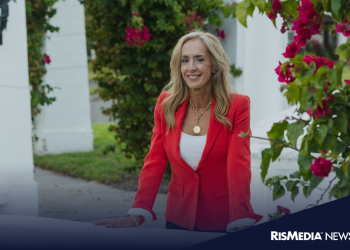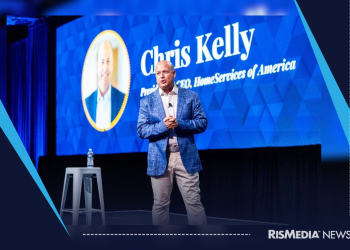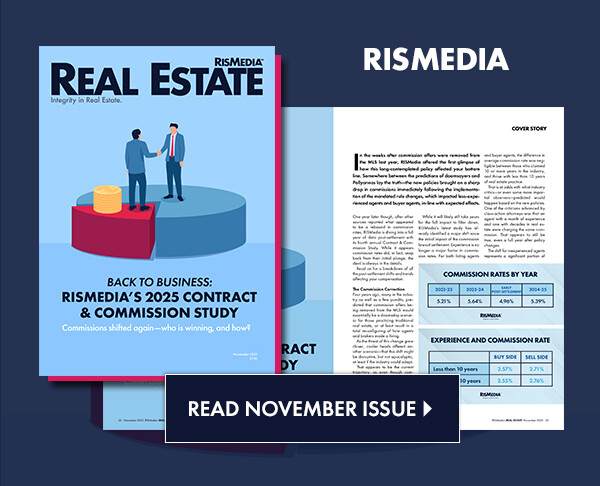At the September Federal Open Market Committee (FOMC), where interest rates were cut by 25 basis points, newly appointed Federal Reserve Governor Stephen Miran dissented and voted for a larger interest rate cut of 50 points.
Miran has since called for further rate cuts. Today, at a moderated interview at the Managed Funds Association’s Policy Outlook 2025 event in New York City, he reiterated he believes rates should be loosened, tying it to his overall lack of pessimism about the U.S. economy—including how he expects housing inflation to cool.
“That comfort around housing, which is the biggest component of inflation, gives me comfort around inflation, which allows me to say whatever is happening short-term, that’s above where inflation should be on a backward looking basis or even on a very recent basis, will be drowned out by this coming shelter disinflation,” Miran explained. He has previously said that if housing prices were to rise, he would change his view on what approach to inflation is needed.
The decision-making behind the rate cut was largely due to concerns about the labor market and signs of rising unemployment. The cut was made despite the fact that inflation was going up too, away from the Fed’s goal of 2% annual inflation. Miran said that he is more optimistic about the trajectory of inflation than “some of (his) colleagues” and he does not see the Fed’s dual mandates of price stability and maximum employment as in tension.
Miran argued that the “neutral rate,” i.e., the level at which monetary policy is neither restricting or actively stimulating the economy, has come down to fiscal and immigration policy changes, and thus the current monetary approach has become more restrictive than it was a few quarters ago.
One reason for Miran’s optimism is that he expects market rents to begin aligning with rent inflation. He pointed to “changes in population growth” due to changes in immigration policy, as one reason he believes that shelter inflation will decrease.
Miran used housing to illustrate the lag between reported economic data and consumers’ lived reality. Inflation gauges the Consumer Price Index (CPI) and the Personal Consumption Expenditure (PCE) index measure based on market rents, but the CPI and PCE have to account for the fact that might not be what all renters are experiencing since renters typically renew their leases annually. Miran said this results in a long lag time between market rent data and inflation.
This point reflected another topic of discussion during the interview, specifically how data-driven monetary policy decision-making should be made (as much economic data is backward looking). Miran defined the difference as being between “data dependent” or “forecast dependent.” For himself, he said he believes monetary policy should be “forward-looking,” echoing similar sentiments shared by his fellow Fed Governor Michelle Bowman.
Asked for his overall economic outlook thus far this year, Miran said growth had not met his expectations due to a feeling of “uncertainty” in the economy—“uncertainty about how trade policy was going to settle, about how tax policy was going to settle”—but he presented these issues as having been “resolved.”
Miran, who is chair of the National Economic Advisors council and has only taken unpaid leave from that role since becoming a Fed governor, played a key role in designing the administration’s tariff policy. Asked about his opinion on what role tariffs have played in inflation, he argued tariffs have not been a “material” driver of inflation, as he has not seen a discrepancy between inflation of domestically imported goods compared to imported goods.
As the government is currently shut down, new economic data provided by government agencies is being held up. As Miran acknowledged during the talk, this could affect the Fed’s decision-making at the next FOMC meeting, which is scheduled for October 28 – 29.
For the full discussion, click here.



